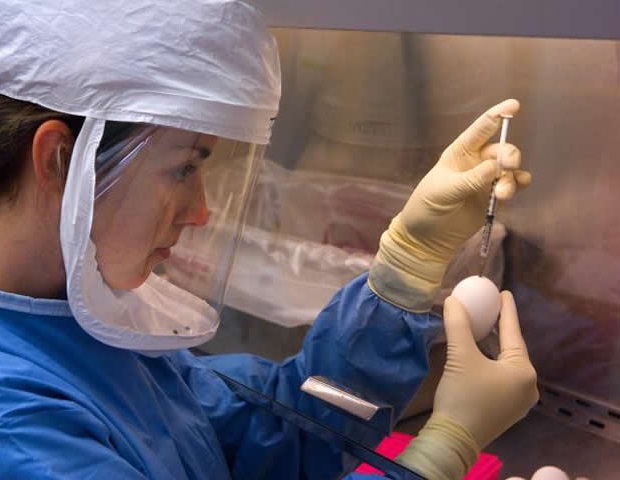
[ad_1]
The correlation between the high concentration of fine particles and the severity of flu waves is well known to epidemiologists. An interdisciplinary team from the University of Geneva (UNIGE) and ETH Zurich’s spin-off Meteodat investigated the possible interactions between acutely high levels of fine particulate matter and the virulence of coronavirus disease. Their results, published in the journal Earth systems and the environment, suggest that high concentrations of particles smaller than 2.5 micrometers can modulate, or even amplify, the waves of SARS-CoV-2 contamination and partly explain the particular profile of the COVID-19 pandemic.
The increase in fine dust is generally favored by air temperature inversions, characterized by fog situations, or by intrusions of Saharan dust. The study includes preventive measures related to air pollution to limit future outbreaks of morbidity and mortality due to the coronavirus.
Epidemiologists broadly agree that there is a correlation between acute and locally high concentrations of fine particles and the severity of flu waves. “We investigated whether such a link also exists with the virulence of the COVID-19 disease,” says Mario Rohrer, researcher at the UNIGE Faculty of Science Institute of Environmental Sciences and director of Meteodat.
A surprising amount of time
COVID-19 studies conducted in Italy and France suggest that SARS-CoV-2 was already present in Europe at the end of 2019, while the sharp increase in morbidity and mortality was only recorded in the spring of 2020 in Paris and London.
This time frame is surprising, but it also suggests that something other than the simple interaction of people can promote the transmission of the virus, and in particular the severity of the infection. ”
Mario Rohrer, researcher at the Institute of Environmental Sciences of the UNIGE Faculty of Sciences and director of Meteodat
His research team was able to show that these increases in cases followed phases where the levels of fine particles in the air were higher.
The team made similar observations in the Swiss canton of Ticino, where fine particle pollution increased sharply during a period of shallow fog on the Magadino plain and Sotto Ceneri, observed in late February 2020. “Shortly thereafter, a Explosive increase in hospital admissions for COVID-19 have been recorded in Ticino. The fact that a large carnival event with around 150,000 visitors took place simultaneously probably had an additional impact on the spread of the virus, “says Mario Rohrer.
The information is important for Switzerland because increased concentrations of fine particles are particularly frequent during thermal inversions, i.e. when fog forms on the Swiss Plateau, thus limiting the exchange of air masses. In these situations, emissions accumulate in the air layer under the fog. Switzerland is also often swept away by the dust of Saharan sandstorms, this study also pointed out.
Aggravating factor
The Swiss research team shows that acute concentrations of fine particles, especially those below 2.5 micrometers, cause inflammation of the respiratory, pulmonary and cardiovascular tracts and thicken the blood. “Combined with a viral infection, these inflammatory factors can lead to severe disease progression. Inflammation also promotes attachment of the virus to cells,” he says. Furthermore, the coronavirus can also be carried by fine particles. “This has already been demonstrated for influenza and an Italian study found coronavirus RNA on fine particles. All of this remains to be proven, of course, but it is a likely possibility,” adds Rohrer.
A multifactorial pandemic
However, the researchers also point out that although particulate pollution may affect the virulence of the virus and the possible severe progression of the disease, physiological, social or economic factors will clearly influence the further course of the pandemic as well. Mario Rohrer concludes that the results of this study offer the possibility of taking preventive measures in the event of future increases in fine particulate concentrations, thus limiting a new flare-up of Covid-19 morbidity and mortality.
Source:
Journal reference:
Rohrer, M., et al. (2020) Peaks of fine particulate matter can modulate the spread and virulence of COVID-19. Terrestrial systems and environment. doi.org/10.1007/s41748-020-00184-4.
.
[ad_2]
Source link